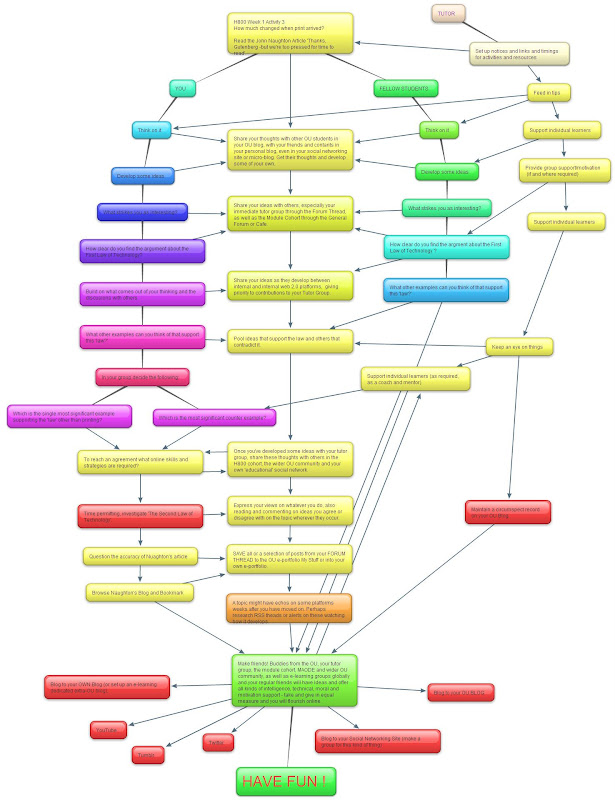
Fig.1 Student marginal notes in a second hand book
A couple of weeks ago it started to dawn on me that in some respects e-learning is evil; I lost the thought a couple of times a) because I was driving my daughter to her last A' Level exam at the time and b) starting to compose the ideas my wife felt the need to share with me some pressing thought and I did her the courtesy of holding everything to listen - not just to look as if I was listening (a man things?), but actually take it in to offer a response (another man thing?) The thought was lost.
Rummaging through boxes of text books in the hope that I will find a plug for an imminent trip to Paris by wife and daughter (a post exams and 18th birthday treat), I stumbled upon a book on 'The Causes of War' by Michael Howard and the thought returned:
E-learning is evil because it negates a student 'learning how to learn'.
This matters as most graduates don't apply WHAT they learn at university, but rather the process of learning itself; that application, thought, time, discovery for yourself, seeking out your own meaning, interpretation, sharing, nervous first attempts at constructing an opinion or stance, building on this through mistakes, correction and further reading, attending lectures, seminars, and tutorials. It is NOT a case of consuming within tight confines content that has been specifically constructed for you to follow, to the letter, without little expectation, or desire for you to wander off on any tangents of your own. This has been my too frequent experience of modules in the Master of Arts: Open and Distance Education as with few exceptions the module is written and presented to you like a huge stack of packed lunches for you to eat your way through, without deviation, pretty much day by day for a period of weeks and months.
This is a convenience that suits the nature of distance learning - to hook you into a diet of these set-meals that can collectively building into a degree. The tough reality and self-evident experience of learning is that few students are ready to be assessed until a year, if not two years into their subject. Otherwise the pattern of grades is surely likely to be a gradual step by step, incremental improvement from the 40s, to 50s, to 60s ... and hopefully 70s and even 80s.
I would far prefer to master my subject first and then be assessed and in so doing get 70s and 80s across the board, once the cumulative effect of sustained learning over many months has had the opportunity to mature.
There is probably therefore a lesson to be learnt here for the reasons why Massive Open Online Courses (MOOCs) fail - they fail because they promise a trick that in learning never works - there is no short cut, the brain doesn't allow it, thoughts and ideas take time to mature. Which brings me to the fallacy of so much e-learning that tries to suggest that a revolution in learning is occurring, that there is a quick fix through gamification, having Google and Wikipedia at your fingertips and worst of all by reading condensed books, or courses that hand you all the answers on a plate in a ready-meal, or drive-in take-away manner that may satisfy at the time, but fails to deliver in the long term.
Six of sixteen MA students doing a Master's degree with the Open University have recently completed degrees with the Open University; we often compare thoughts. We're universally derogatory of both approaches! Learning is a pain in whatever form it comes, but the answer would be a developed blend of both worlds and approaches.
Books, the printed form, certainly have a place. It is a pain to read a book, to identify salient points with notes into a book, or with PostIt notes, and to filter these into a format where they can be preserved and then later applied in an essay or presentation. It is this pain, and the time and effort it takes to condense books, to gather your own thoughts on the ideas of others, and then to construct your individual take, with support from your faculty (tutor, chair, fellow students) that builds your confidence so that you write what you think, not what the you are required to express, in a format that can be marked by an autonomon.





